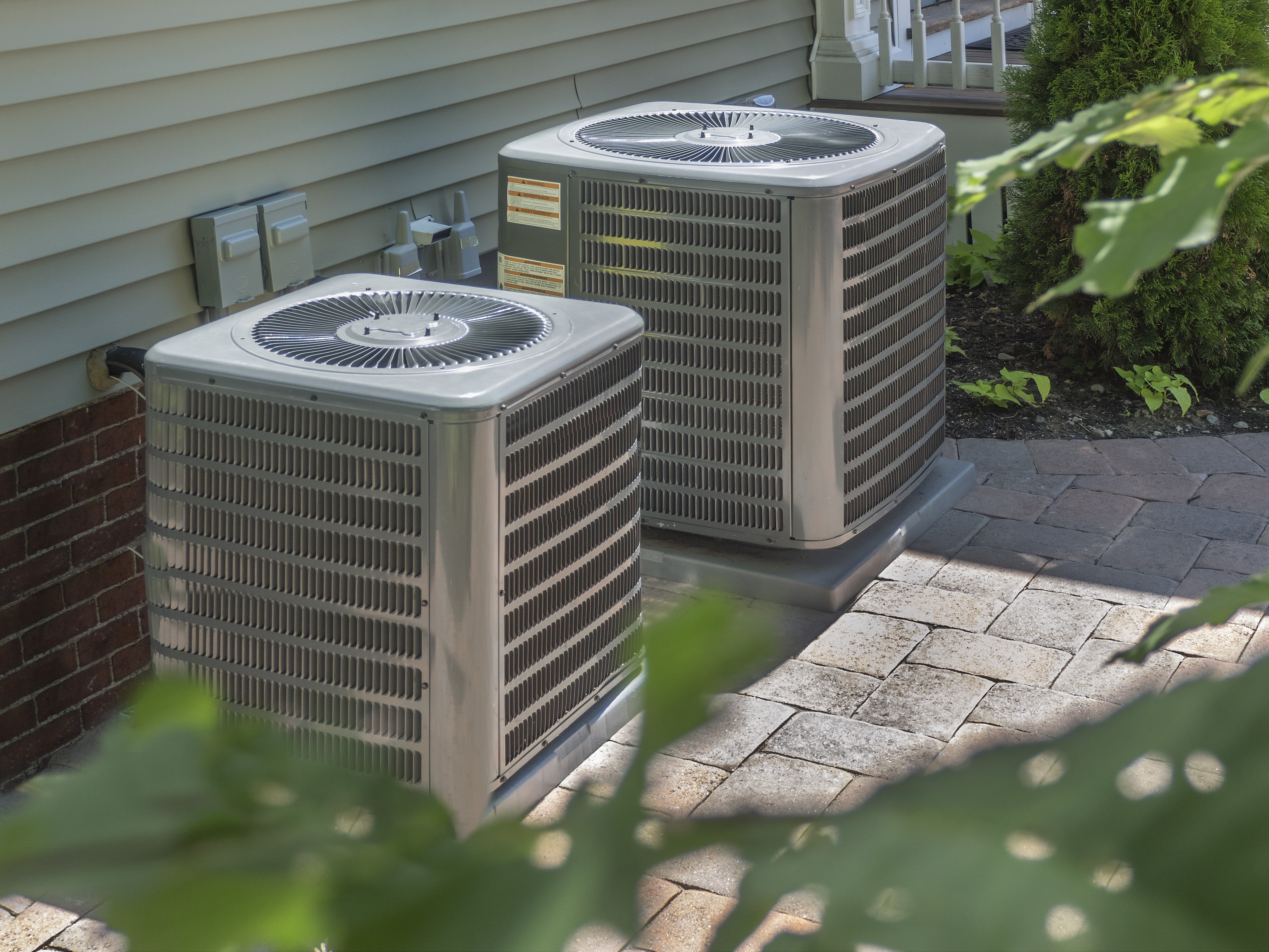VAEEC Supports New Efficiency Programs Proposed by Dominion Energy:
This past spring 2017, the State Corporation Commission heard oral arguments in support of energy efficiency programs, which were part of Dominion Energy’s 2016 Demand-Side Management (DSM) filing (Case Number PUE-2016-00111).
As part of this filing, two new energy efficiency programs (Phase VI programs) were proposed to replace Phase II programs, which expired last month:
- Residential Home Energy Assessment Program- bundled a home energy audit with direct install measures such as LED light bulbs, weatherstripping, heat pump tune-ups and adding hot water pipe insulation
- Non-Residential Prescriptive Program- incentive program for non-residential customers who do not qualify for other Dominion energy efficiency programs; includes installing ENERGY Star appliances, HVAC tune-up and commercial duct sealing and testing
The VAEEC formally intervened in support of the proposed programs during the proceedings this past spring. Our members recognize the incredible value that cost-effective energy efficiency programs provide to our local communities and all ratepayers within the utility’s service territory. We also bring a unique perspective to the conversation, representing our members who work in the field implementing these programs. During the two-day hearing, our attorneys with the UVA Environmental and Regulatory Law Clinic argued for the Commission to consider the economic benefits these programs provide to the communities they serve. According to Virginia code, it is unquestionably within the Commission’s discretion to consider these economic development benefits among the “other factors” evaluated, in addition to the cost-effectiveness tests. The Attorney General’s office rendered an opinion on this in their closing statements agreeing with our assessment. Our closing arguments go into further detail, which you can read here.
Unfortunately, earlier this month, the Commission denied the Residential Home Energy Assessment Program and approved the Non-Residential Prescriptive Program at half of the requested budget.
Dominion Energy had also requested a two-year extension for their Residential Heat Pump Upgrade Program through May 2019, which was also denied despite the fact that the utility was not seeking additional funding for this program.
In their ruling, the Commission based their decision entirely on the cost-effectiveness scores of these programs. This ruling was surprising for a number of reasons but especially since both of these programs had previously been approved by the Commission and this was not the recommendation from Commission staff. The staff had concerns about the programs but they did not recommend rejecting them outright.
It was also evident that they did not take into consideration our arguments that the economic benefits these programs create should be considered in addition to the cost-effectiveness tests.
So, what’s next? Right now, the Commission is soliciting feedback on how to establish protocols for Evaluating, Measuring and Verifying (EM&V) energy efficiency programs and the savings associated with them. The Commission decided to establish these much-needed protocols after receiving feedback from a variety of stakeholders last year, including the VAEEC.
As stated in our new report, “Why Energy Efficiency is a Smart Investment for Virginia”:
Establishing EM&V protocols for Virginia utilities will enable them to develop energy efficiency programs with a strong, data-driven foundation from which to expand their offerings to customers. Robust protocols assure that customers receive the benefits that energy-efficiency programs are designed to deliver.
We will continue to keep our members apprised of important regulatory issues as they arise.
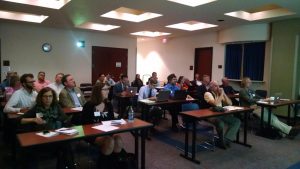 Last week (Oct. 6, 2016), the Virginia Energy Efficiency Council held a successful workshop for utility staff, evaluators, regulators, implementers and other stakeholders on EM+V 2.0 (Evaluation, Measurement + Verification).
Last week (Oct. 6, 2016), the Virginia Energy Efficiency Council held a successful workshop for utility staff, evaluators, regulators, implementers and other stakeholders on EM+V 2.0 (Evaluation, Measurement + Verification).
This past spring, while we at the VAEEC were drafting our comments and collecting those from member organizations to the State Corporation Commission on the establishment of EM+V protocols, we took the opportunity to discuss this concept of “Enhanced EM+V”, “EM+V 2.0” or “Automated EM+V”. For the purposes of this post, we will use the term “EM+V 2.0” moving forward. As we stated in our comments, “these methods can provide opportunities for utilities and regulators to gain program insights in near real-time, speed up the evaluation process and potentially reduce the associated costs.”
During a conference call with our utility members to review and provide feedback on our comments, there was general agreement that a workshop to delve deeper into this complex topic would be useful. In the VAEEC’s role as a resource provider to our members and stakeholders, it made sense for us to take this on.
Our expert presenters came from diverse backgrounds, which allowed our participants to learn about EM+V 2.0 from a variety of different perspectives. Our presenters included:
Katherine began the workshop with a quick primer on EM+V in general, including why evaluation is necessary for utility programs and the advantages and challenges of EM+V 2.0. She also discussed how EM+V 2.0 fit into the bigger picture and provided some examples of which programs it is useful to evaluate and which ones it may not be useful for. She also briefly mentioned her work as the independent evaluator in Arkansas and how that evaluation model works.
Following Katherine, was Maggie Molina with ACEEE who discussed ACEEE’s work in this field and discussed the findings from their report on the subject.
Next, was Jake Oster who works for EnergySavvy, a company whose software is used in this field. Jake discussed their product and provided several client case studies on the residential side.
Jessica Granderson with the Lawrence Berkeley National Lab presented on the EM+V 2.0 pilot programs they are doing as well as providing some examples of commercial EM+V 2.0.
Our last speaker of the day was Tim Petit who summarized some of the content already discussed by previous speakers and went into further detail about a NEEP report that came out recently.
All of their presentations can be accessed via links above and found on our resources page.
Following all of the presentations, we welcomed all of the presenters back to the front of the room for a panel discussion on what had been previously discussed, to answer questions and to start the dialogue on next steps.
We plan to follow up with participants with a survey to get feedback on how to continue the conversation.
From my perspective, simply having the number of participants we had and knowing they were engaged on the issue made this workshop a success. We appreciated the thoughtful questions and the discussion that ensued.
By Cynthia Adams, VAEEC Board Chair
Utility programs are evaluated based on a number of metrics: cost, energy saved, impact on capacity or peak load, and public interest benefits to name a few germane to Virginia regulators. How one measures the effectiveness of utility programs – or answers the question “Did ratepayers get their money’s worth?” – is a very important question upon which millions of dollars and Btu’s saved depend.
Recently the VAEEC submitted comments in response to the State 
Corporation Commission’s request for input on evaluating the establishment of protocols, a methodology, and a formula to program the impact of energy efficiency measures (Evaluation, Measurement & Verification or EM&V). So did many other groups, businesses, and individuals (we’ve catalogued many of them here) – and for good reason.
Energy efficiency, which includes demand response, is a “keep the lights on” resource, but only in the sense that it can reduce load such that the lights don’t go off in the first place due to a peak event. We don’t “generate” energy efficiency as a resource in the same way as a power plant, and so, without EM&V, how do we know that the EE was ever implemented or dispatched? EM&V is the performance check that ultimately correlates a decrease in energy use due to the implementation of a certain energy efficient measure(s). We measure and verify in order to evaluate the effectiveness of programs.
While this basic concept may seem straightforward, there are complexities to doing EM&V well that are very important to get right. In Virginia, we don’t yet have an official EM&V protocol, much less standards that apply to all utilities in the same way. Currently, utilities hire a professional consultant to perform EM&V and then report on results to the SCC. This memo from Energy Synapse Economics is a good overview of EM&V in Virginia.
SCC staff will issue their own report with recommendations on June 24th, and a public hearing will be held on July 12th. I will be at the hearing to represent the VAEEC, and other members of the VAEEC and Board will attend to represent their constituencies.
With the U.S. EPA’s Clean Power Plan on the horizon, the state’s voluntary energy efficiency goal looming large, and untold killowatts (and money) wasted daily in inefficient buildings – the VAEEC is very interested in the outcome of this hearing.
A sound, cost-effective, and transparent EM&V process can help get the naysayers past “believing” in the value of energy efficiency to the Commonwealth and instead, seeing the value in dollars and good sense.
Cynthia Adams serves at VAEEC Board Chair and is CEO of Pearl Certification a VAEEC Business Silver Member
VAEEC 2016 Letter to State Corporation Commission in support of Washington Gas Light Company’s energy efficiency programs.
Chelsea Harnish, Executive Director
Virginia Energy Efficiency Council
March 8, 2016
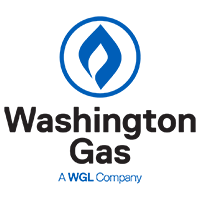
On behalf of the Virginia Energy Efficiency Council, I am pleased to submit comments in support of the application by Washington Gas Light Company (“WGL”) to amend its Conservation and Ratemaking Efficiency Plan (“CARE”) under Case No. PUE-2015-00138.
WGL’s CARE program has provided Virginia ratepayers with cost-effective energy efficiency programs since its inception in 2010. WGL’s proposed amendment to its CARE Plan for 2016-2018 will offer expanded energy efficiency opportunities that will result in real benefits to Virginia residents. With projected lifetime savings of over 15.6 million therms, the proposed energy efficiency programs will not only provide economic and environmental benefits, but will give consumers greater awareness and ability to manage their energy usage, which will lead to increased implementation of energy efficiency technologies and practices all while lowering their utility bills.
We are encouraged by WGL’s innovative portfolio of residential programs, which are designed to reach a broader base of customers across the Commonwealth, including a residential equipment program, online audits, low-income audits and weatherization. In addition, WGL is proposing an expanded home energy reporting program that will provide residents with actionable information and personalized tips for reducing gas usage, while also cross-promoting and connecting residents with the other programs available to them. WGL’s approach to its residential efficiency programs will result in greater customer education and engagement that will deliver measurable and verifiable benefits across a broad and diverse set of its customers.
Please accept this letter of support for WGL’s amendment application for its CARE Plan. I sincerely hope the Commission approves the amended CARE Plan as a prudent use of ratepayer funds. If you have any questions, please contact me.
March 2016 Testimony of Chelsea Harnish to the SCC
Virginia State Corporation Commission
March 8, 2016
Good morning members of the Commission. My name is Chelsea Harnish and I am the executive director of the Virginia Energy Efficiency Council (VAEEC). The VAEEC is a broad coalition that works to assess and support programs, innovation, best practices and policies that advance energy efficiency in Virginia while providing a forum for stakeholder interaction. Before joining the VAEEC, I was the energy campaigns manager for the Virginia Conservation Network.
My working experience has given me an acute awareness and understanding of the energy and conservation challenges the Commonwealth faces, and I am here to support Dominion’s efforts.
The lowest cost electricity is the electricity consumers don’t use. Energy efficiency programs help consumers reduce their consumption, thereby providing a cost-effective energy source.
These utility programs will also help the commonwealth meet its voluntary goal of reducing retail electricity consumption by 10 percent by 2020.
For residents, there is great value in Dominion’s proposed Residential Programmable Thermostat Program. In addition to the rebate customers will receive for the purchase and installation of the WiFi thermostat, the most beneficial takeaway is the usage data that will provide useful information back to consumers about their consumption patterns, including volume and peak usage times, which can in turn inform smarter consumer decisions.
Extending the expiring Air Conditioning Cycling Program, which pays participants $40 a year to agree to have their air conditioning units cycle during peak summer days, is also imperative for Virginia. While I don’t have stats on the success of the program, I do know that having consumers cycle their air conditioning during peak demand is one way our utilities’ providers can help manage through high peak periods.
On the business side, the Small Business Improvement Program will be an important addition to Dominion’s efficiency portfolio because it focuses on a market that is traditionally difficult to reach through efficiency programs. The program will allow participating businesses to update aging energy systems with more cost-efficient versions at a fraction of the cost. Updating infrastructure will allow businesses to save money by operating more efficiently and potentially allow them to reinvest those savings to grow their business.
On behalf of the Virginia Energy Efficiency Council, I sincerely appreciate the opportunity to support these practical yet meaningful energy efficiency programs. The proposed programs are worthy of endorsement and I hope we can all experience the benefits of increased energy efficiency throughout the Commonwealth of Virginia. Thank you for your consideration regarding this matter.

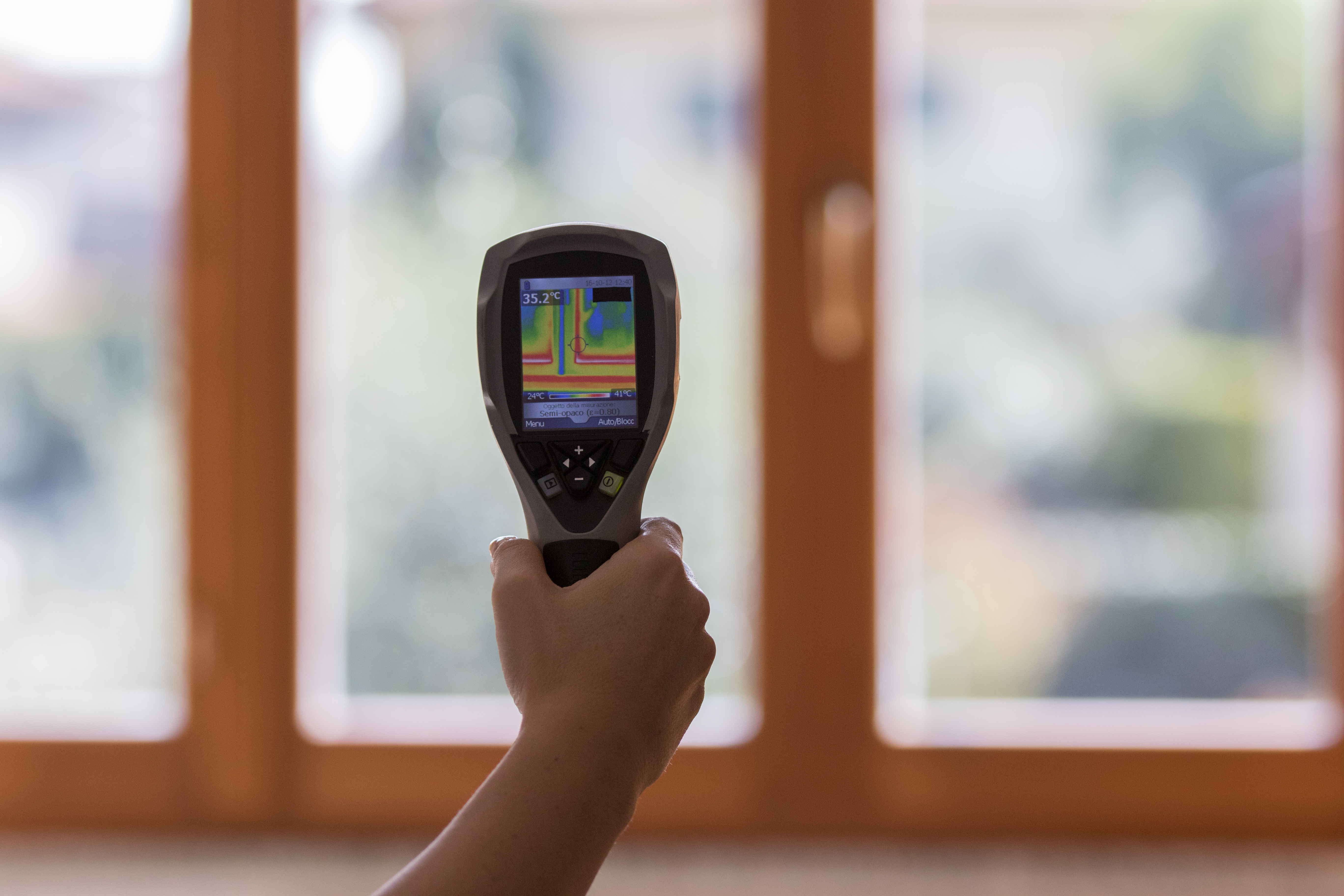
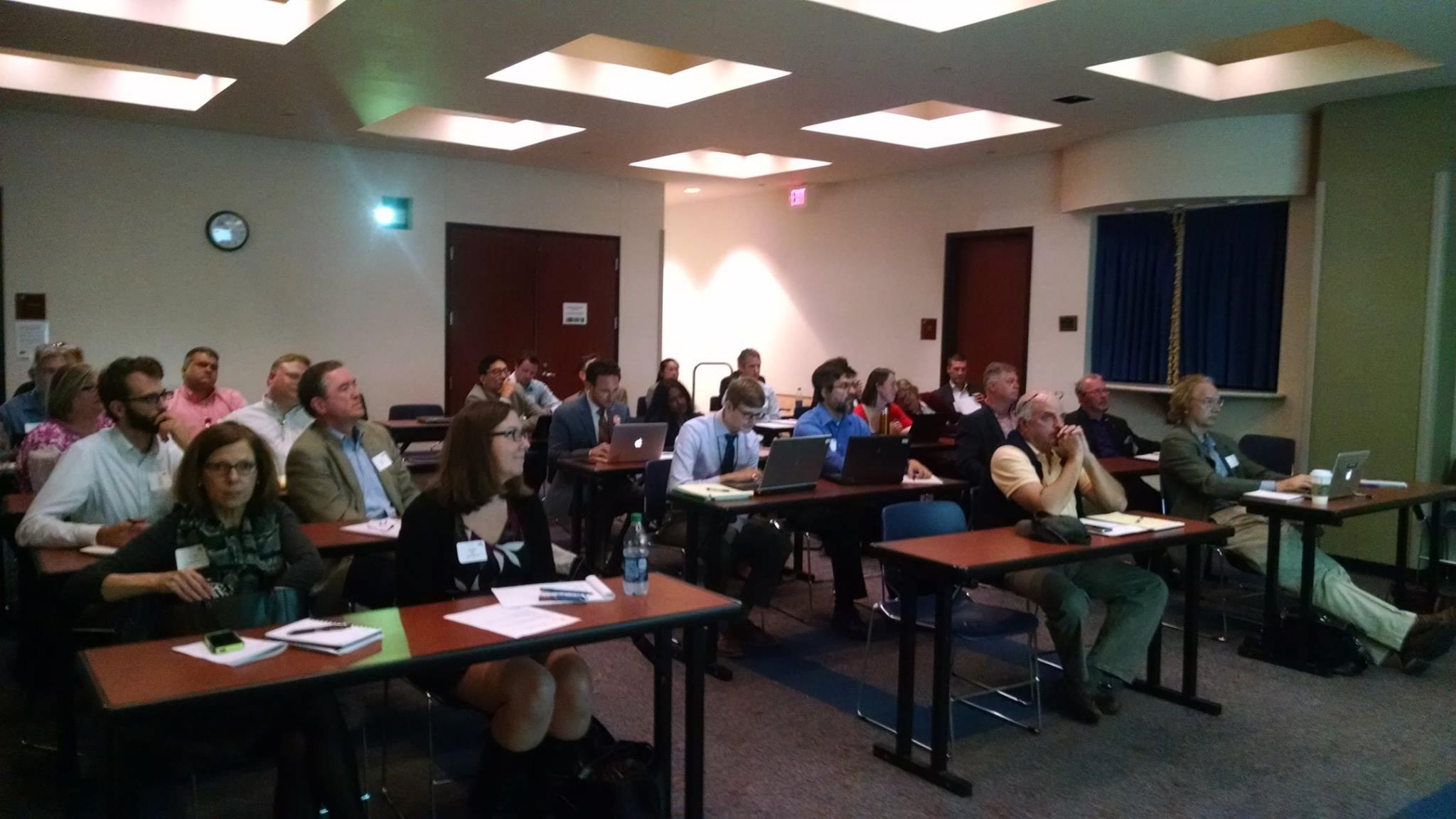
 Last week (Oct. 6, 2016), the Virginia Energy Efficiency Council held a successful workshop for utility staff, evaluators, regulators, implementers and other stakeholders on EM+V 2.0 (Evaluation, Measurement + Verification).
Last week (Oct. 6, 2016), the Virginia Energy Efficiency Council held a successful workshop for utility staff, evaluators, regulators, implementers and other stakeholders on EM+V 2.0 (Evaluation, Measurement + Verification).


